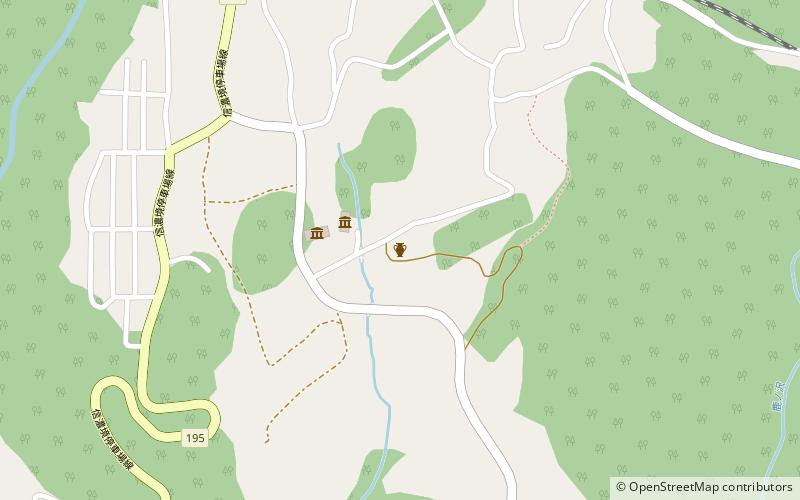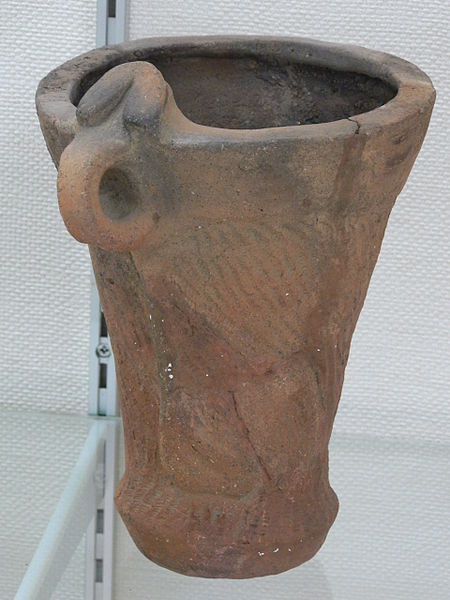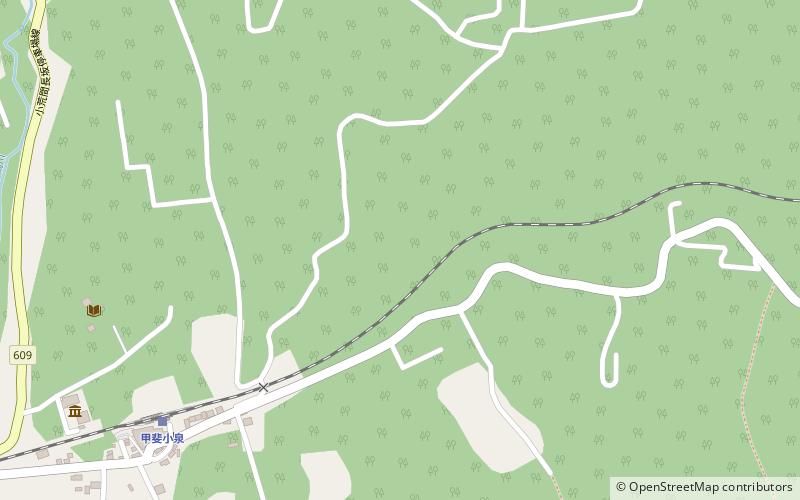Idojiri ruins


Facts and practical information
The Idojiri ruins in Japan are a captivating archaeological site that offers a rare glimpse into the country's ancient Jomon period, which dates back to around 2,500 years ago. Located in the town of Fujimi, Nagano Prefecture, this historic site is an invaluable resource for understanding the prehistoric cultures of Japan.
Excavations at the Idojiri ruins have unearthed a wealth of artifacts and structures, including earthenware pottery, stone tools, and the remnants of pit dwellings that provide insight into the daily lives of the Jomon people. The earthenware discovered here is particularly notable for its intricate cord-marked patterns, a hallmark of Jomon pottery, which is among the oldest in the world.
The site, which was designated as a National Historic Site of Japan in 1952, has greatly contributed to the study of Jomon period archaeology. The ruins have revealed complex social structures and trade networks, as evidenced by the variety and craftsmanship of the excavated items. These findings have challenged previous conceptions about the sophistication of prehistoric Japanese societies.
Nagano
Idojiri ruins – popular in the area (distance from the attraction)
Nearby attractions include: Yatsugatake South Base Observatory.

